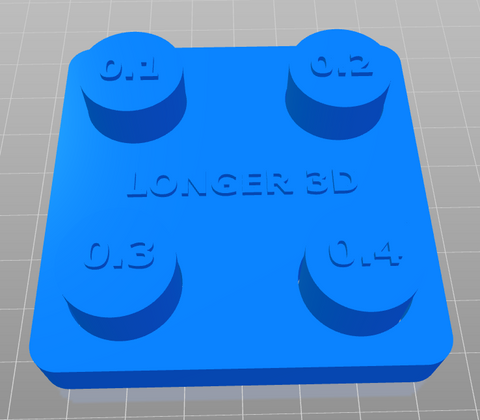Trending searches
Popular collections
Popular products
Cart ($0)
Cart ($0)


Very often interlocking objects are encountered, that is, an object fits perfectly with another object, providing a unique object; however, in order for two objects to fit together, it is necessary that they comply with precise measures relating to the interlocking zones.
Assuming you have a cylinder with a diameter of 1mm and a circular hole of 1mm, in theory the interlocking can take place, but in practice the interlocking will not take place as there is always a need for a certain "tolerance". Therefore, a cylinder with a diameter of 1mm can fit into a circular hole if it has a diameter of 1.1~1.4mm, that is, if there is a tolerance of 0.1~0.4 mm between the two objects. On the other hand, the tolerance cannot be applied at will but must be calculated accurately, as a tolerance that is too small will be insufficient to make the interlocking, while a tolerance that is too large will make the interlocking unstable, with the two objects passing through each other.

In 3D Printing the interlocking tolerance strongly depends on your 3D printer used, as usually a tolerance of 0.2mm is sufficient but depending on the printer used (and how it is configured) the tolerance may vary. If the flow calibration tests, the calibration of the first layer and the temperature test have been carried out (as illustrated in the previous lessons of the Longer 3D Academy), then it is now possible to perform the "Tolerance Test", which allows you to determine the exact tolerance value when you intend to fit two objects together. In this way, once the tolerance value has been established, when interlocking objects are drawn, it is possible to draw them with a measurement difference equal to the tolerance, so as not to have problems during the interlocking procedure.
In order to proceed with the Tolerance Test, proceed as follows:

Once the printing is complete, a visual evaluation of the tolerance can be made. In particular, the cylinder must be able to remove itself from its base, but must not slide through the hole; instead, the cylinder must be able to fit into the hole, and this will be the tolerance value sought.
Once you have the tolerance value, use it every time you draw interlocking objects.
https://www.longer3d.com/collections/3d-printers-1
!
